Your home’s appeal doesn’t fade overnight—it happens gradually as small, often overlooked items build up over time. These accumulated issues can quietly chip away at your property’s look and value without you even noticing.
Knowing which common problems slowly diminish your home’s charm can help you take action before they become bigger issues. By addressing these subtle signs early, you keep your home looking fresh and inviting, whether for yourself or future buyers.
Piles of old newspapers and magazines

If you let newspapers and magazines pile up, they can quickly make your space look cluttered. These stacks take up valuable room and block surfaces you could use.
Old papers can also attract dust and even pests, which adds to the problem. Sorting through them regularly helps keep your home tidy and inviting.
Try recycling or donating magazines you don’t need. This simple habit will free up space and improve your home’s overall appeal.
Broken garden tools left outside
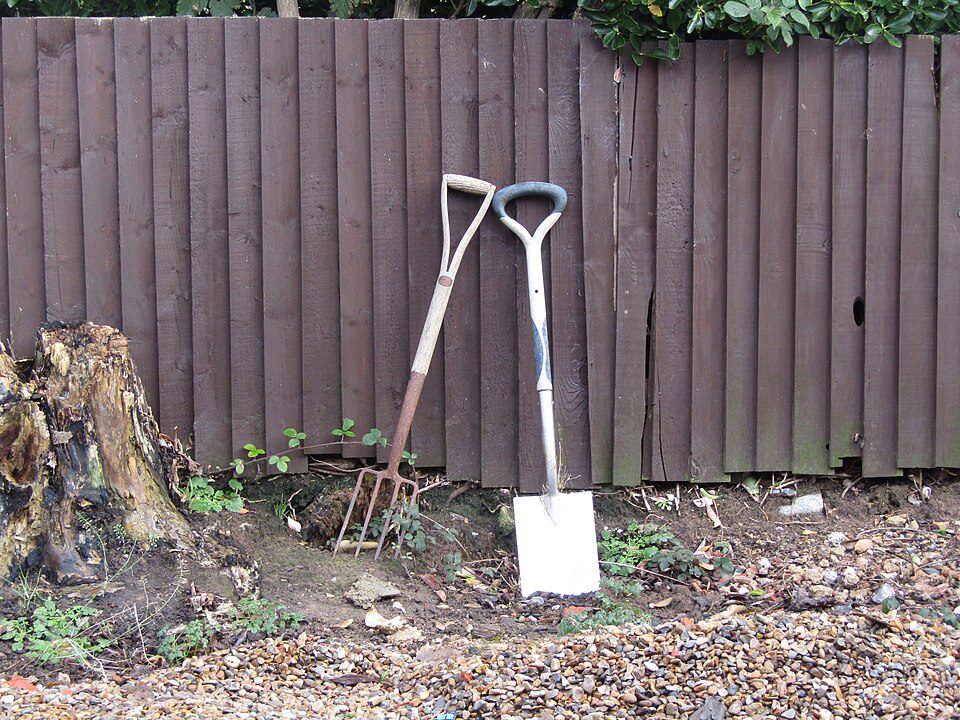
If you leave broken garden tools outside, they can quickly become an eyesore. Rust and dirt build up, making your yard look neglected. You might also attract pests or create tripping hazards. Taking a few minutes to clean or store tools properly can keep your space tidy.
Even damaged tools can sometimes be fixed or repurposed. Keeping your garden gear organized shows care for your home’s appearance.
Rusty metal furniture
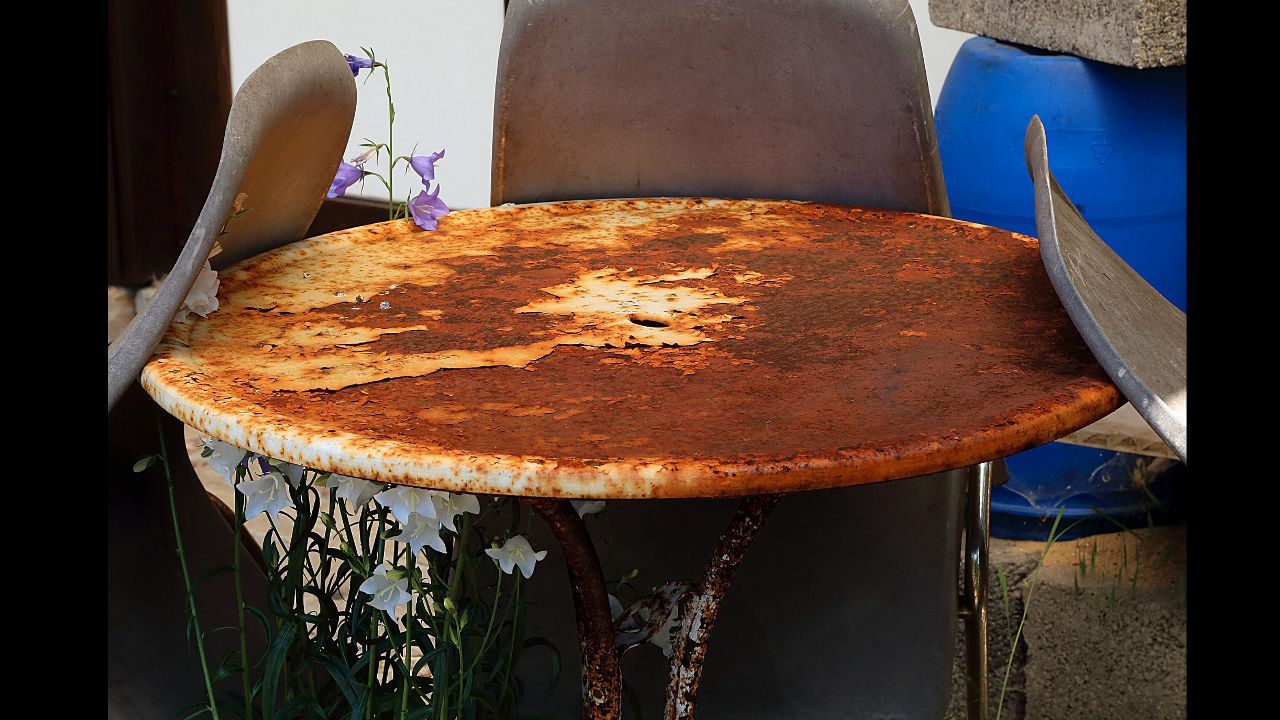
Rusty metal furniture can make your outdoor space look neglected. The rust not only affects the appearance but can also weaken the structure over time.
You can clean rust by applying a paste made from baking soda and water. Let it sit on the rusted areas, then scrub gently.
Vinegar is another simple solution. Soaking the metal or wiping it down regularly helps keep rust from forming again.
Cracked and peeling exterior paint
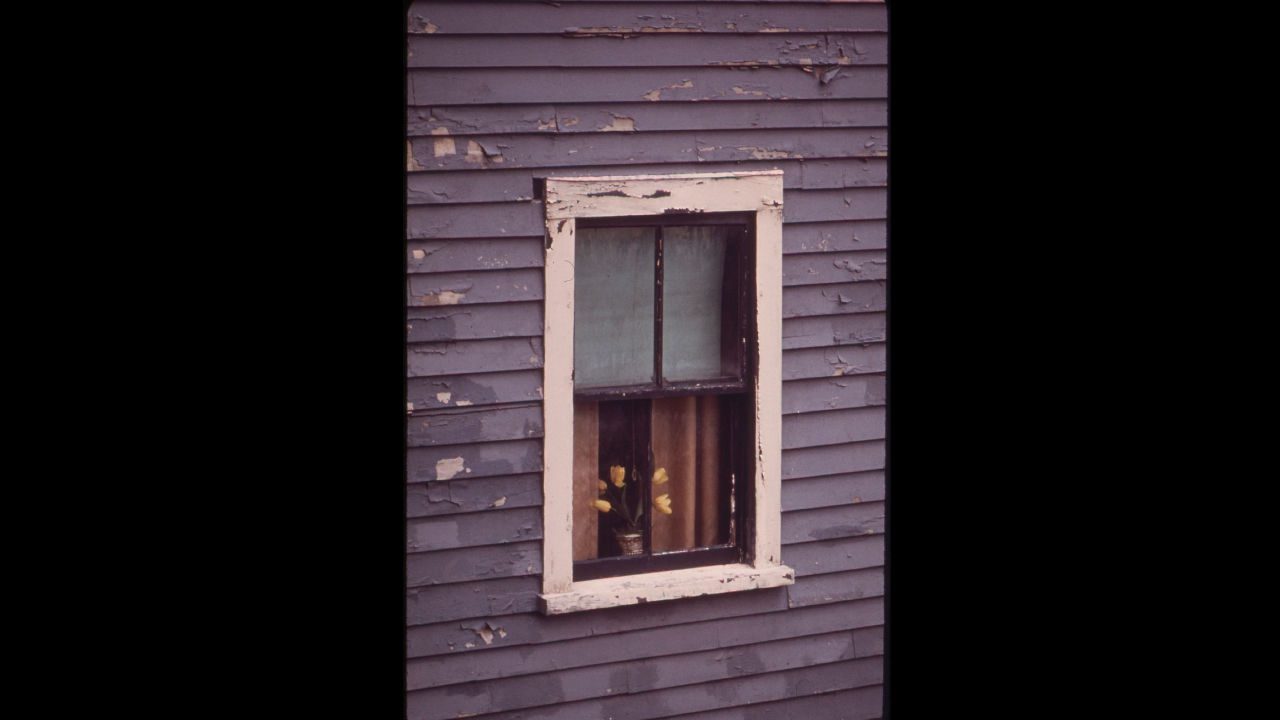
Peeling paint can make your home look neglected. It often results from moisture, poor surface preparation, or using the wrong paint type.
To fix it, start by scraping off loose paint and sanding rough edges. Clean the surface well before applying a primer and a fresh coat of exterior paint. Regular maintenance can help keep your home looking sharp and protected.
Overgrown weeds choking flower beds

You might not notice how quickly weeds can take over your flower beds. When left unchecked, they compete with your plants for water and nutrients.
An overgrown bed can look messy and cluttered, hiding the beauty of your flowers.
To fix this, you can cut weeds down to the root and cover the area with mulch or cardboard. This blocks sunlight and helps stop new weeds from growing.
Regular weeding keeps your garden beds tidy and allows your plants to thrive.
Dirty, streaked windows
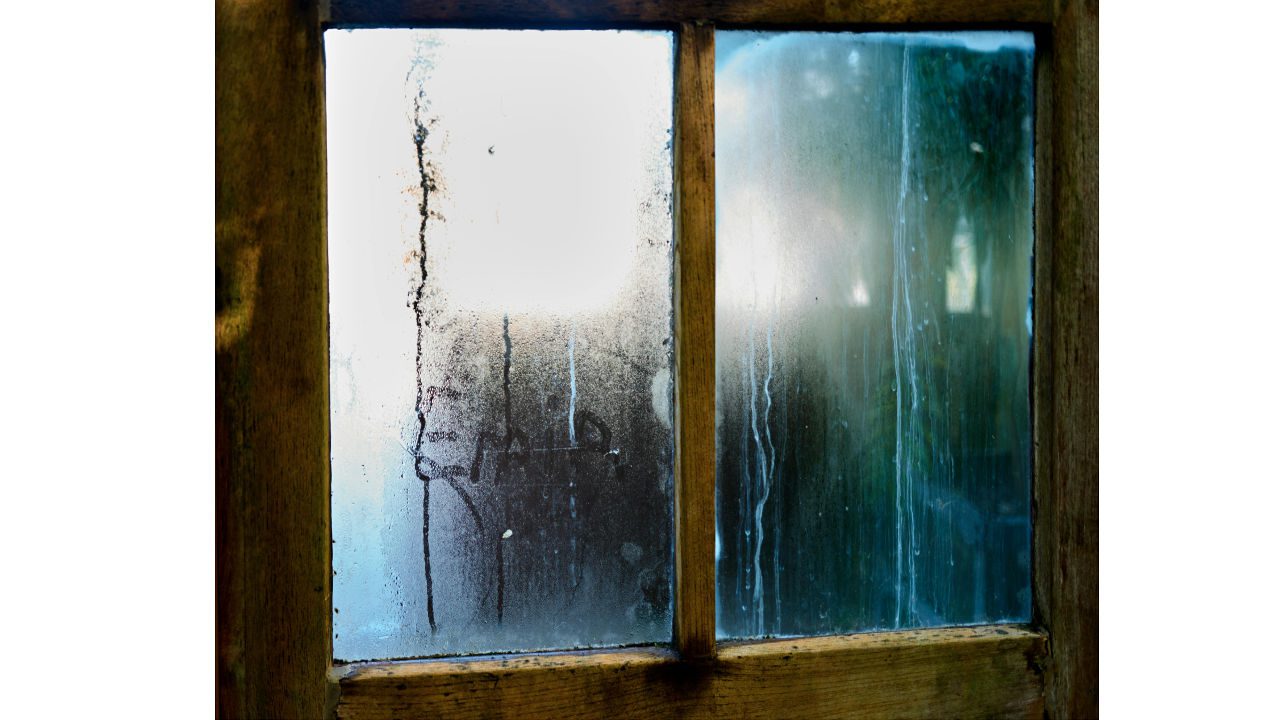
Dirty windows can quickly make your home look neglected. When grime and streaks build up, they block natural light and hide your view.
You might not notice the buildup day to day, but it affects your home’s curb appeal. Keeping your windows clean brightens your space and welcomes guests.
Regular cleaning prevents dirt from accumulating and making the job harder later. It’s a simple way to keep your home looking fresh and cared for.
Faded, outdated house numbers

Your house numbers are one of the first things people notice. When they are faded or outdated, it can make your home look neglected.
Updating your house numbers is an easy way to boost curb appeal. Choose numbers that match your home’s style and are easy to read from the street.
A fresh set of numbers can make your home feel more welcoming and cared for, helping it stand out in your neighborhood.
Clogged and overflowing gutters

When your gutters get clogged, water can’t flow properly and may start overflowing. This leads to water pooling near your foundation, which can cause damage over time.
Debris like leaves and dirt can also make gutters heavy and loose. If you don’t clean them regularly, you might face costly repairs for both your home and landscaping.
Keeping your gutters clear helps protect your home’s structure and keeps everything looking neat.
Untrimmed hedges blocking walkways

When your hedges grow too tall or wide, they can crowd your walkways. This makes paths look neglected and can be inconvenient for guests or delivery people.
Trimming hedges regularly keeps your walkways clear and welcoming. It also helps maintain the shape and health of the plants.
You don’t need special tools—just a pair of shears and some routine care. Clear paths add instant curb appeal to your home.
Scattered children’s toys in the yard
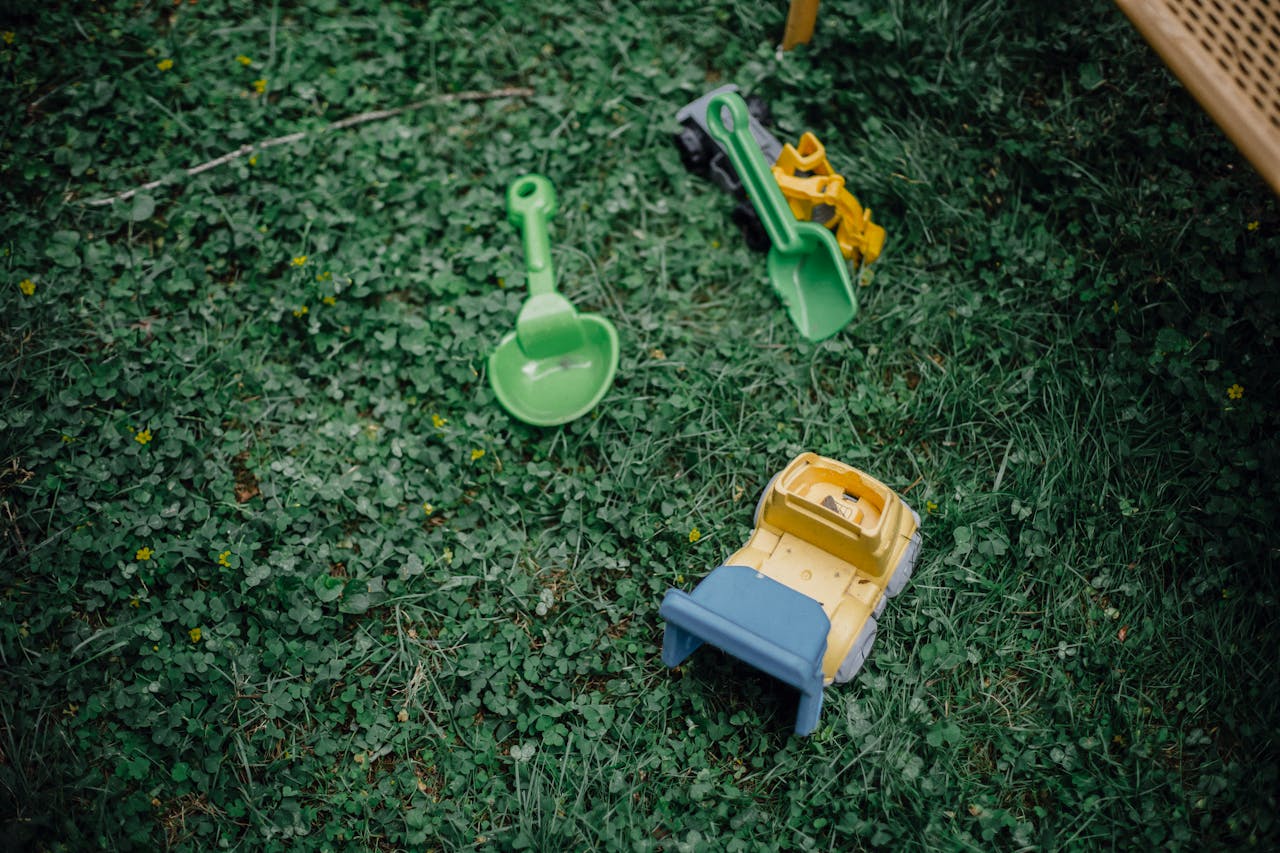
When toys are left scattered across your yard, it can make your outdoor space look messy. You might find it harder to enjoy a clean, open area for yourself or guests.
Toys left outside can also get damaged quickly, meaning you’ll replace them more often. Plus, scattered toys on sidewalks or driveways might create safety concerns for visitors.
Taking a few minutes each day to gather and store toys can keep your yard looking tidy and welcoming. It’s a small habit that makes a noticeable difference.
Accumulated leaves and debris on the driveway

When leaves and debris build up on your driveway, they create a messy first impression. This clutter can hide cracks or stains, making your home look less cared for.
Over time, wet leaves can trap moisture against the surface. This may lead to damage or make it slippery and unsafe.
Regularly clearing away debris helps keep your driveway looking clean and inviting. It also protects the surface and extends its life.
Stacks of unused paint cans

You might think keeping leftover paint cans is handy, but they can quickly clutter your space. Over time, these stacks create an untidy look that harms your home’s appeal.
Unused paint cans can also become a fire hazard if not stored properly. If the paint dries out, check your local guidelines for disposal to clear them safely.
Mailboxes with chipped paint or dents

If your mailbox has chipped paint or dents, it can make your home look less cared for. These small flaws often stand out because the mailbox is near the curb.
To fix chipped paint, you might need to remove all the old paint and corrosion first. This can be a bit of work but helps prevent further damage.
Consider replacing or buying discounted scratch-and-dent mailboxes. They are usually functionally sound but have cosmetic issues, making them budget-friendly options to improve your curb appeal.
Cracked front porch concrete
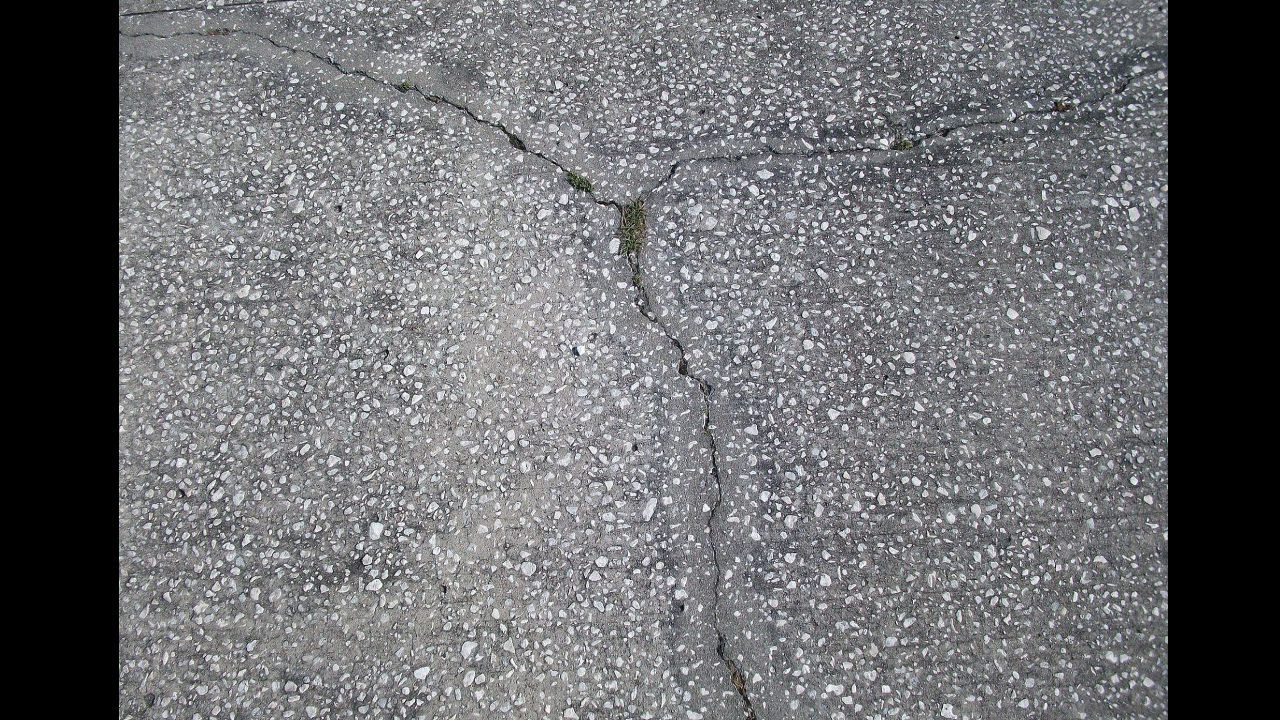
If you notice cracks in your front porch concrete, it could be a sign of underlying issues like soil movement or water damage. Small cracks may seem harmless but can allow water to seep in, leading to erosion or even pest problems.
It’s a good idea to check the cracks early and consider repairing them with patch compounds or sealants. This helps maintain your porch’s appearance and prevents further damage over time.
Old, stained welcome mats
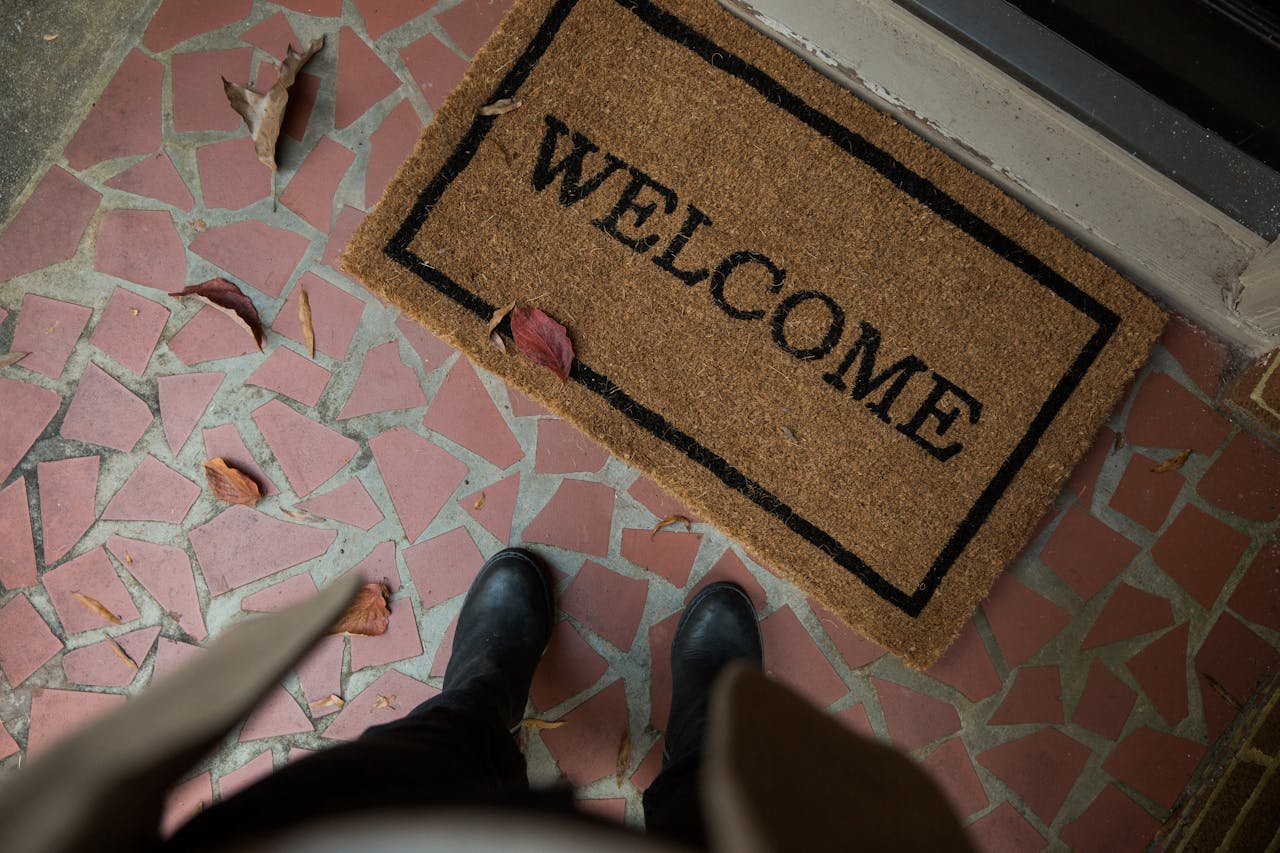
Your welcome mat is the first thing visitors notice before stepping inside. An old, stained mat can make your entryway look tired and neglected.
Keeping your mat clean and in good condition helps maintain a fresh appearance. Consider replacing it if stains won’t come out, or switch to a new style that fits your home’s look.
A simple, clean mat can make a big difference in welcoming guests and protecting your floors.
Untended lawn with bald patches

If your lawn has bald patches, it can quickly make your home look neglected. These spots often appear due to regular wear, pests, or improper watering.
You can fix them by aerating the soil and overseeding with grass types suited to your climate. Regular maintenance, like watering and mowing correctly, helps prevent new bare spots from forming.
Moss and algae buildup on siding
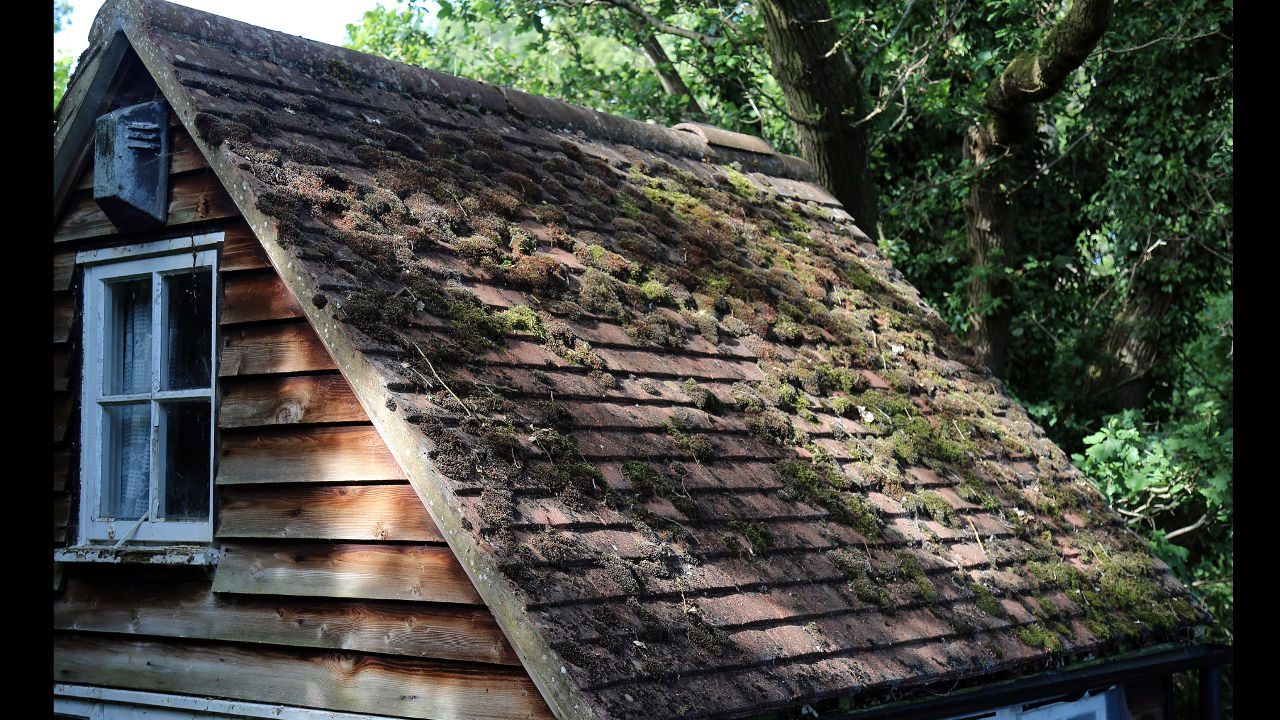
If you notice green patches on your siding, it’s likely moss or algae growing there. These organisms thrive in damp, shaded areas and can slowly damage the surface over time.
You can clean this buildup by using a gentle solution, like diluted bleach and water, to wipe down the affected spots. Light pressure washing with a non-abrasive soap also works well without harming your siding.
Regular cleaning helps keep your home looking fresh and prevents the growth from damaging your siding’s material.














